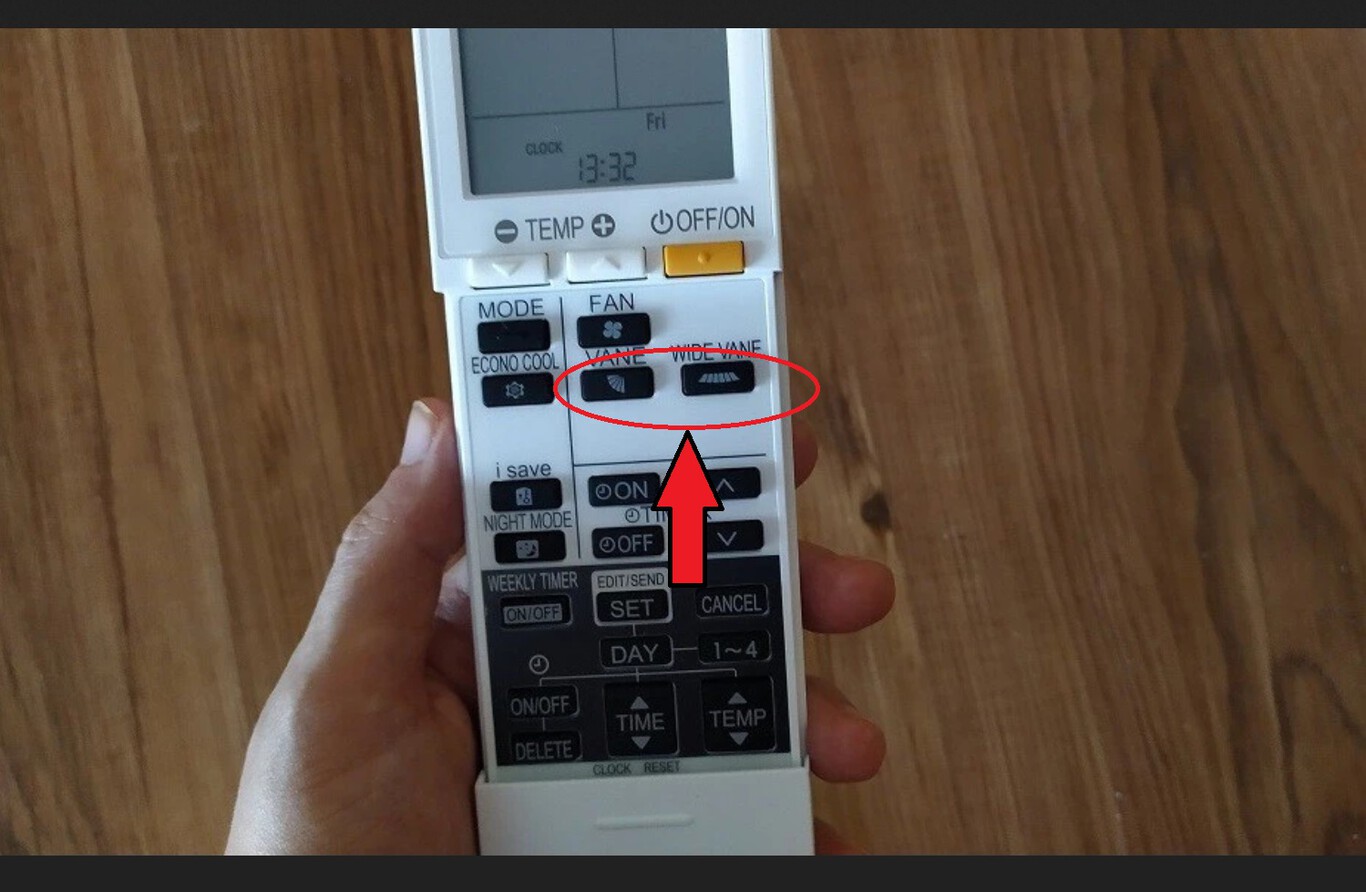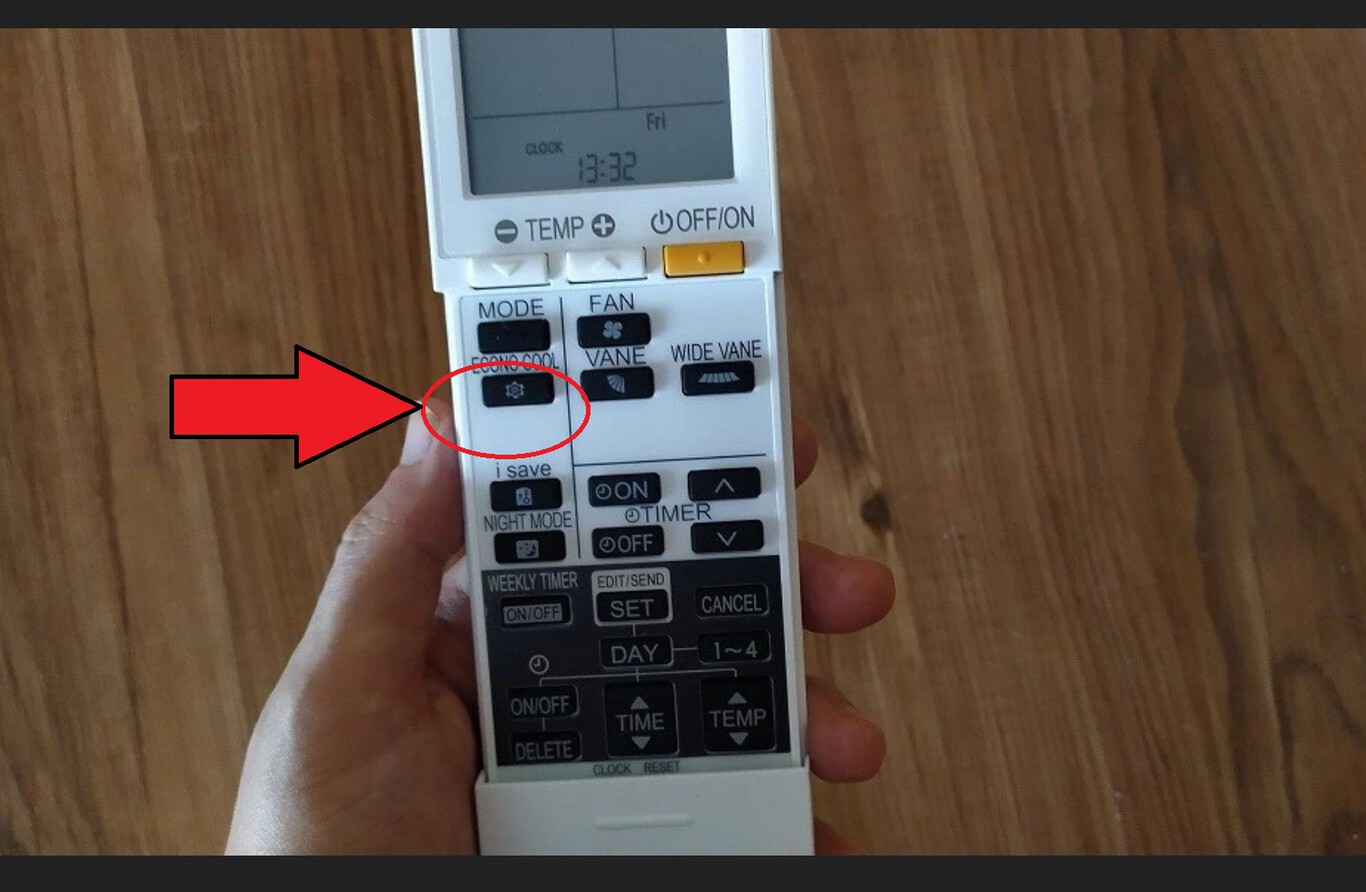When we installed air conditioning in our home a few years ago, I thought everything would be great and we would have wonderful cool air that would allow us to forget about the summer heat. I was wrong, or at least I didn’t get it quite right with the unit we put in the bedroom.
It’s true that the units generally managed to reach the ideal temperature in the room (around 25-26ºC), but the reality is that it was at the cost of being cold and even having to wear a long-sleeved shirt in the middle of August. What is the problem and how can it be solved?
The source of the problem
In our case, a few years ago we installed several Mitsubishi Electric units, specifically the MSZ-AP35VG and the MSZ-AP25VG, both very similar in terms of technology but with slightly different specifications, as the former offers a cooling capacity of 3,010 BTU/h compared to the 2,150 BTU/h of its smaller sibling.
We installed the more powerful unit (AP35VG) to serve a long living room of about 20 m2, where we usually spend more time and therefore needed more cooling capacity. We installed the other model, the AP25VG, in the bedroom, which is about 10 m2, so we needed less power.
Very well, so when using them we wanted to achieve an ideal comfort temperature which, as we saw at the time, is between 23°C and 25°C in summer. In our case, to save a little on the electricity bill, we finally chose 26 ºC, a temperature that should not make us feel cold at all.
What’s the problem? Well, because the room is so small, what reaches the user (in this case, the desk where I am writing these lines) is a direct blast of very cold air at temperatures well below 14-15ºC.
And it doesn’t matter if you select a higher air temperature. Even if you set it to 30ºC, for example, the temperature coming out of the machine is more or less the same, only it stops more often because it doesn’t need to be cooling all the time. How can you avoid this?
‘Swing’ mode

One option to avoid feeling so cold is to point the blades in the opposite direction to where you are and use the ‘Swing’ mode, which on some models may be called ‘oscillation’ or something similar, and whose main purpose is to regulate the dispersion of the air.
The idea is to try to ensure that the cold air emitted by the unit reaches all corners of the room instead of concentrating the flow in a single point, allowing for better distribution and a greater feeling of coolness.
This is usually represented on the remote control either with that name directly or with arrows pointing up and down indicating the movement of the blades vertically and horizontally, or from right to left on some models.
On other units, such as mine, there is no dedicated button for this oscillation mode and you have to change the direction of movement of the blades manually using the ‘Vane’ button until you find an automatic mode that has the same effect.
This will prevent pockets of cold and hot air from forming, giving you a better feeling of coolness or warmth, and the machine will not have to work harder to compensate for these temperature differences.
‘ECO’ and ‘SLEEP’ modes

Another alternative I have been using lately is to select the machine’s energy-saving mode. Not to use less energy, but to make the air come out a little less cold. On my model, it is called ‘Econo Cool’, but on other brands it may have names such as ‘ECO’, or even the typical ‘sleep mode’, ‘Sleep’ or similar, which can perform the same function.
The idea with these modes is to reduce the power of the compressor and the strength of the fans to a minimum in order to consume less energy and make less noise. In some models, the swing function mentioned in the previous section is also activated by default to distribute the air better.
Night modes also operate for a certain amount of time (for example, one or two hours) at the original power setting to reach the target temperature we have set as usual. Then, after this initial period, when we are supposed to be asleep, they raise the temperature by one or two degrees to save energy.

